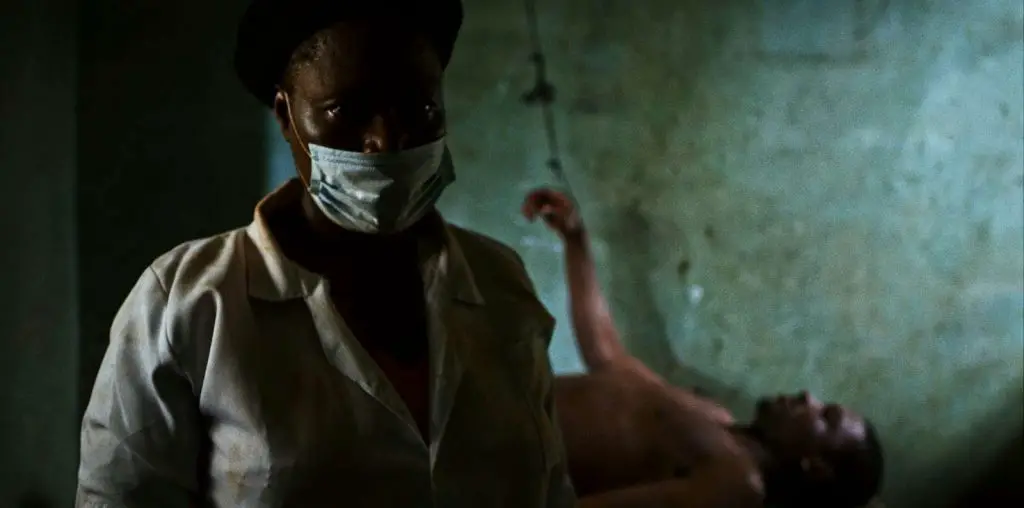
Factories in the 1920s and ‘30s were once pregnant with our cities, with bricks and steel ready to ship to barren grounds soon to disappear under newly-built skyscrapers, roads, highways, all that could make life easy for a burgeoning humanity coming into its own with new ideas for businesses, new ideas for everything.
But “new” eventually became old. Once-active furnaces lost their heat, destined to age for decades, never to fulfill another purpose. It is also an allegory for humanity’s attitude toward history, to dismiss what we believe will not help us any further. Abandoned chairs in an expansive factory, curved pipes that no longer transport water, and controls that do not control anything. The poetic visual essay, “Echoes of Forgotten Places” tells us of a time when factories sprouted up and entire communities were created, families living nearby so husbands and other family members could get to work easily. In sparse, quick language, we are reminded of that history. And abandoned buildings, according to director, writer, and editor Robert Fantinatto are still reminders, if people still look. The majority of city-dwellers don’t bother with memory. What’s in a city is what exists. What’s outside a city, sitting forlornly near railroad tracks, run down, is long since dead.
Robert Fantinatto steps into factories where pipes run cross-wise and the floors are browned and getting older. He wants us to understand, to know what these factories and other buildings once had. A control panel in one factory was used to run various operations. Now those buttons are corroded, and whoever pushed them is most likely just as long gone as well. As photos appear and Fantinatto’s camera almost floats through doorways and enormous rooms, piano notes on the soundtrack echo as if they had been played in these very locations. Those hard notes sound like morose longing for the past. It asks where all the people went.
There are also a few clever moments where Fantinatto shows his interviews with a few passionate urban explorers on a small TV on a cart, with a VCR playing, as if to comment on us only being interested in watching these interviews on our own TVs, but also imploring us to go inside and explore abandoned places, if we live somewhere where empty factories are commonplace among the landscape. These people exude thoughtful passion about what they do, what they believe the ethics are in exploring abandoned places, such as not leaving footprints, not disturbing any equipment or anything else that’s been left there. And for one woman, no graffiti, no attempt to show that you were there. They are the hidden historians, though unnamed, and at best, they help Fantinatto strengthen the call to never forget history, never forget that other people were here before us and even though we might ignore them, they are a part of us everyday.
A photo gallery on the DVD evokes such emotion in the various shots of more abandoned rooms and buildings, including a brick factory and a psychiatric hospital. A 1936 industrial short about the steel industry is a perfect companion to “Echoes” in an active industry being shown. The steel-making in that short may have become the steel that’s merely a part of those buildings today. “Echoes” inspires awe in this possibility that what may have come from workers long ago is still somewhere today. What humanity has done before isn’t always easy to erase. And from the looks of these photographs and Fantinatto’s footage, there’s a lot to think about, especially in the way of artistic inspiration, of shafts of light shining through, of wondering who we were long ago. It’s beauty in modern forms.
